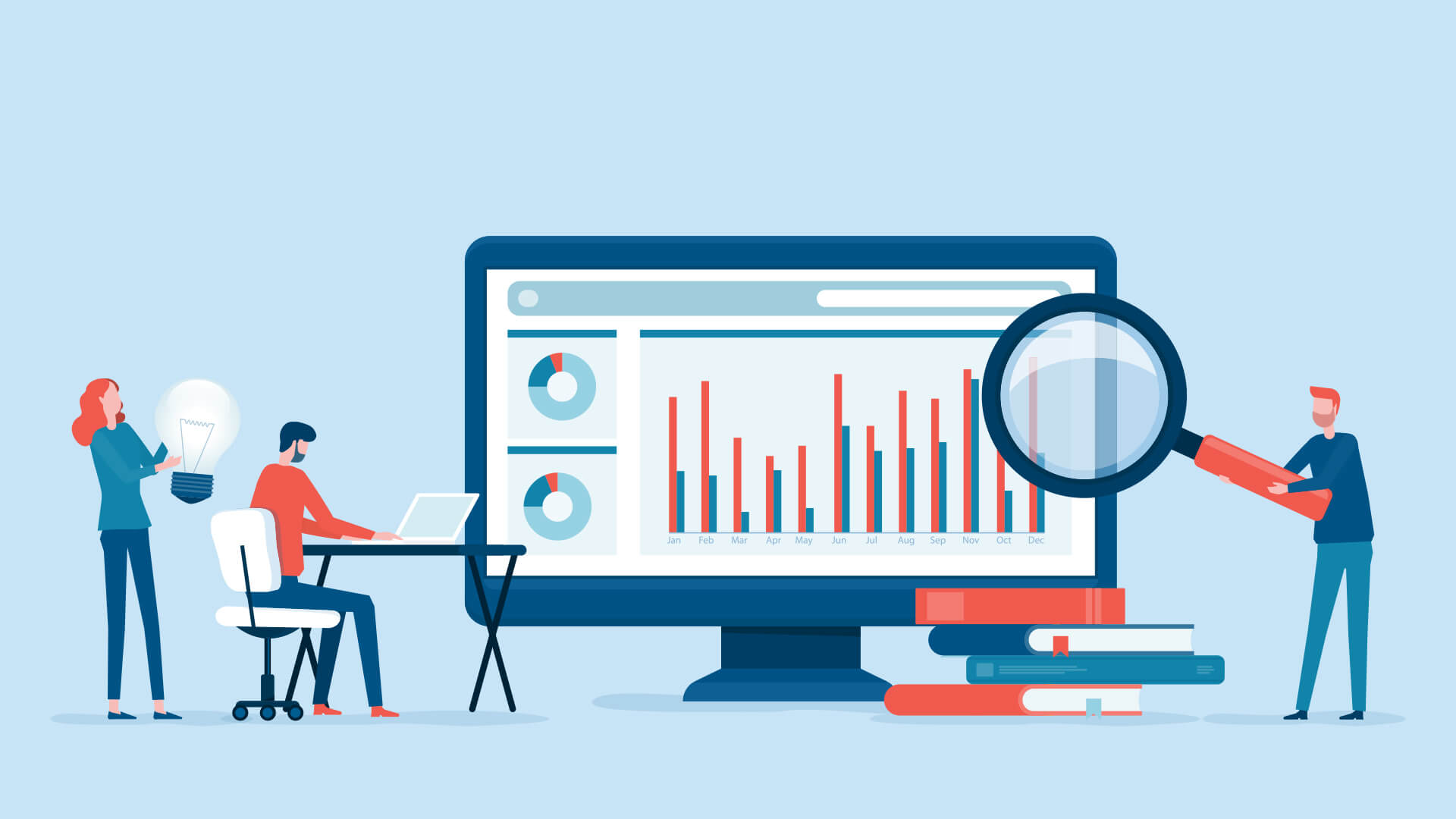Working life is not what it used to be. Staff that used to be based in one office location may now be in geographically diverse locations. Some of your staff may be located in satellite offices and some may be working remotely or in hybrid patterns. In fact, 35% of workers can now work from home full-time, while 23% can work remotely part-time.
Many of the issues of having staff in diverse locations, such as communications and collaboration, have been highlighted and dealt with by technology. However, there is one factor often overlooked, that of monitoring and tracking your staff’s performance. Just how do you ensure you can keep track of their progress and productivity when they may be in multiple locations?
How to monitor performance for dispersed teams
So, let’s assume you’re managing a few teams. Some of those staff are located in a different office in another state and some are working remotely, either full-time or part-time. While it may be relatively easy to monitor those in an office (as it will have a manager or supervisor in place), just how do you track those working remotely?
1. Use a good project management tool
When you set up any remote workers, your initial focus may have been on providing them with tools that enable easy communication and collaboration so they can talk to each other (and you) and be able to share any relevant documents, from a how-to guide to a bookkeeping contract. A third tool that should be essential is a project management tool. Not only do they assist with communication and collaboration, but they are also a great way for managers to have an overview of everything that is happening.
A good project management tool means you have insight into how individual tasks and overall projects are progressing. It lets you see if KPI targets are being achieved and you can focus on how individual team members are performing (or underperforming). You can assess each employee’s contribution over different time periods and then give feedback to them when there is room for improvement
2. Set clear goals
Your remote workers may be of huge benefit if you are a small business but they need a clear view of what is expected of them. Those expectations can be set on an annual, monthly, or weekly performance. They can also be set for individual tasks or projects (you expect a certain task to be completed by a specific date). Goal setting is usually a collaborative process between employee and manager so both should have a clear understanding of expectations.
It is helpful if goals are measured using either the SMART or OKR methods. That can help both parties see where the employee is in terms of achieving the goals originally set. With regular reviews, managers can easily see if staff are ahead, behind, or on target. This enables managers to see if an employee is performing as expected.
3. Track time
Although one of the attractions of remote working is to set your own schedules, managers will still expect staff to work a certain amount of hours every week/month. This is where another useful tool can help; a time-tracking app. These can monitor how long an employee works each day. They can also monitor each employee’s productivity.
When paired with an efficient project management tool, you can have a complete overview of all your employees’ performance. However, it is worth noting that many people find such tracking tools invasive and indicative that their managers don’t trust them. If you find that to be the case, then you can ask staff to self-report using a relevant spreadsheet.
4. Consider 360-degree reviews
If you are doing reviews yourself, there could be some bias in the way you review an employee’s performance. To ensure avoiding bias, it is worth implementing a more holistic review process that includes the employee, their manager, and their co-workers. This can give you a more complete picture of how each employee is performing.
You can get better insights into individual performances when using this method. The employee themself may acknowledge mistakes made or fellow team members may highlight issues when underperformance has affected their own work. As a manager, you may only see final results, but involving other parties means you can see the whole work process.
5. Regular reviews
While annual reviews are helpful, it may be too late to spot a significant issue. You want to maintain a strong relationship with your remote staff so should be reviewing their work on a regular basis, even if that’s via a relatively informal video chat. These regular chats/reviews can help build relationships as well as address any pertinent issues.
Of course, with larger teams, a weekly check-in by audio or video call may take up too much time. There are automated tools that can be useful and that can pinpoint any problems before they become bigger. If one employee is struggling with an individual task, then that could impact the overall project and could cost your organization in terms of time and money.
6. Recognize achievements
Monitoring and tracking performance is not just about measurement, it’s also about recognizing when your staff do well. By recognizing when staff do well, you encourage and motivate them to maintain productivity and to constantly strive to improve their performance.
You can even incentivize remote workers by offering ‘prizes’ to meet certain deadlines or to exceed expectations. These do not have to be expensive prizes but could be as simple as discount vouchers or extra days off. By including recognition in your monitoring strategy, you can demonstrate to staff how much you value their input.
The takeaway
The foundation for managing a successful remote working team is tools. These can range from a good video calling app to conversion platforms such as PDFPlatform.com. Having your staff use the tools they need to do their work efficiently should be the cornerstone of any remote or hybrid working strategy.
The thing to remember is that moving to remote working should not be rushed. Taking a slow and steady approach can bring dividends to your business. Ensure all the things you (and they) need are in place, from reliable communication and collaboration tools to a framework and plan to monitor those employees who are not based in your office.








